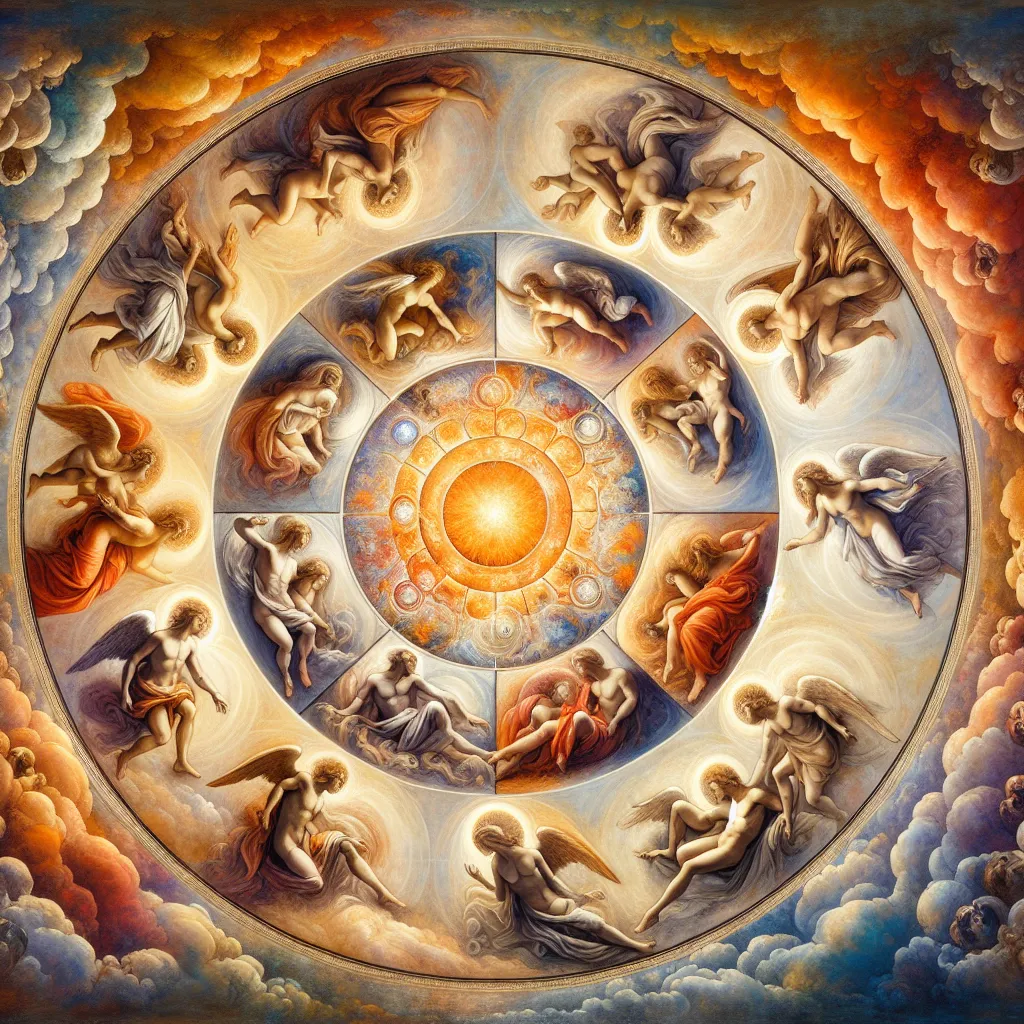
- Published on
- Authors

- Name
- You
Introduction
Kabbalah, the mystical dimension of Judaism, offers profound insights into the mysteries of the universe, the nature of the divine, and the journey of the soul. One of the most fascinating aspects of Kabbalistic thought is its perspective on reincarnation, known in Hebrew as Gilgul. This article delves into the intricate teachings of Kabbalah regarding the cyclical journey of souls and their evolution through multiple lifetimes, weaving together ancient wisdom and modern scientific concepts.
The Concept of Gilgul
Gilgul (גלגול), which literally means “cycle” or “wheel,” refers to the transmigration of souls. According to Kabbalistic belief, the soul undergoes a series of incarnations, each serving a unique purpose in its spiritual rectification and purification. The ultimate goal is to achieve Tikun, or spiritual perfection.
The Kabbalistic View on the Soul
In Kabbalistic teachings, the soul is seen as a divine spark, a fragment of the infinite divine light. The soul is comprised of five levels:
- Nefesh (נפש): The vital soul, linked to physical existence.
- Ruach (רוח): The spirit, associated with emotions and personality.
- Neshamah (נשמה): The breath of the soul, connected to intellect and higher consciousness.
- Chayah (חיה): The life force, representing a deeper level of divine connection.
- Yechidah (יחידה): The singular essence, the most intimate aspect of the souls unity with the Divine.
The Cycle of Souls
Life, Death, and Rebirth
Kabbalists teach that the death of the physical body is not the end but a transition. The soul departs from the physical realm, enters higher spiritual planes, and then reincarnates in a new body according to its needs for spiritual growth. This belief is strikingly aligned with some modern scientific theories about energy and consciousness.
The Purpose of Reincarnation
Why do souls reincarnate? Kabbalistic texts, such as the Zohar and the writings of the Arizal (Rabbi Isaac Luria), provide several key purposes for reincarnation:
| Purpose | Description |
|---|---|
| Rectification | Souls reincarnate to rectify past misdeeds and complete unfinished spiritual tasks. |
| Perfection | Each life offers experiences and lessons that contribute to the soul’s spiritual evolution. |
| Balancing Karma | The soul returns to settle debts and karmic imbalances created in previous lives. |
| Fulfillment of Mitzvot | The soul seeks to observe all 613 commandments, as not all can be fulfilled in a single lifetime. |
Spiritual Purification Through Lifetimes
The Role of Suffering and Challenges
Suffering and challenges are seen as essential catalysts for spiritual growth. By facing and overcoming adversities, souls cleanse themselves of impurities accumulated in past incarnations.
Meditation and Kabbalistic Practices
Kabbalah offers various meditative and mystical practices aimed at accelerating the soul’s purification process. These include:
- Hitbodedut (התבודדות): Solitary meditation and personal prayer.
- Kavanot (כוונות): Intentional focus and mystical intentions during prayer and ritual.
- Studying Sacred Texts: Immersing in the Zohar and other mystical writings to attain higher spiritual insights.
Bridging Science and Mysticism
Interestingly, the Kabbalistic view of reincarnation resonates with certain modern scientific theories. Quantum physics, for instance, suggests that energy cannot be created or destroyed, only transformed. This echoes the Kabbalistic concept that the souls essence persists beyond physical death, continuously evolving.
Case Studies and Evidence
Contemporary research on near-death experiences (NDEs) and children’s past life memories also provide compelling evidence supporting the notion of reincarnation. Dr. Ian Stevenson’s work on children who remember past lives offers a scientific perspective that parallels the Kabbalistic understanding of the soul’s journey.
Conclusion
The teachings of Kabbalah on reincarnation provide a rich tapestry of mystical wisdom that not only enriches our spiritual understanding but also bridges ancient and modern perspectives. The journey of the soul, with its cycles of life, death, and rebirth, invites us to explore deeper dimensions of our existence and embrace our path toward spiritual perfection.
Reflecting on these ancient teachings may inspire us to live more consciously, fostering a harmonious blend of mystical insight and scientific curiosity as we navigate the cycles of our own souls.
References
- Kabbalah and the Practice of Mystical Judaism by Shimon Halevi
- Reincarnation and the Purpose of Our Lives by Dr. DovBer Pinson
- Life After Life by Dr. Raymond Moody
- Children Who Remember Past Lives by Dr. Ian Stevenson
